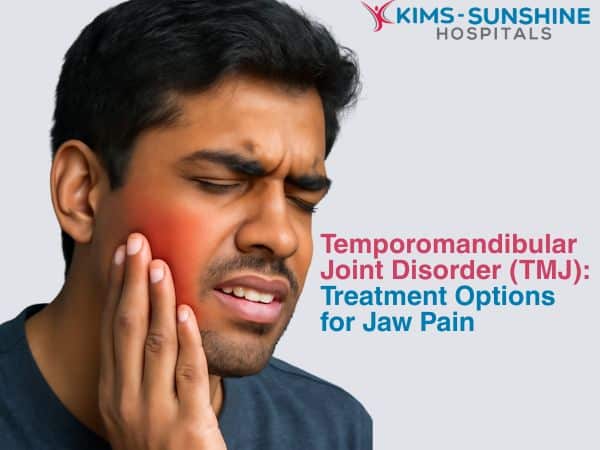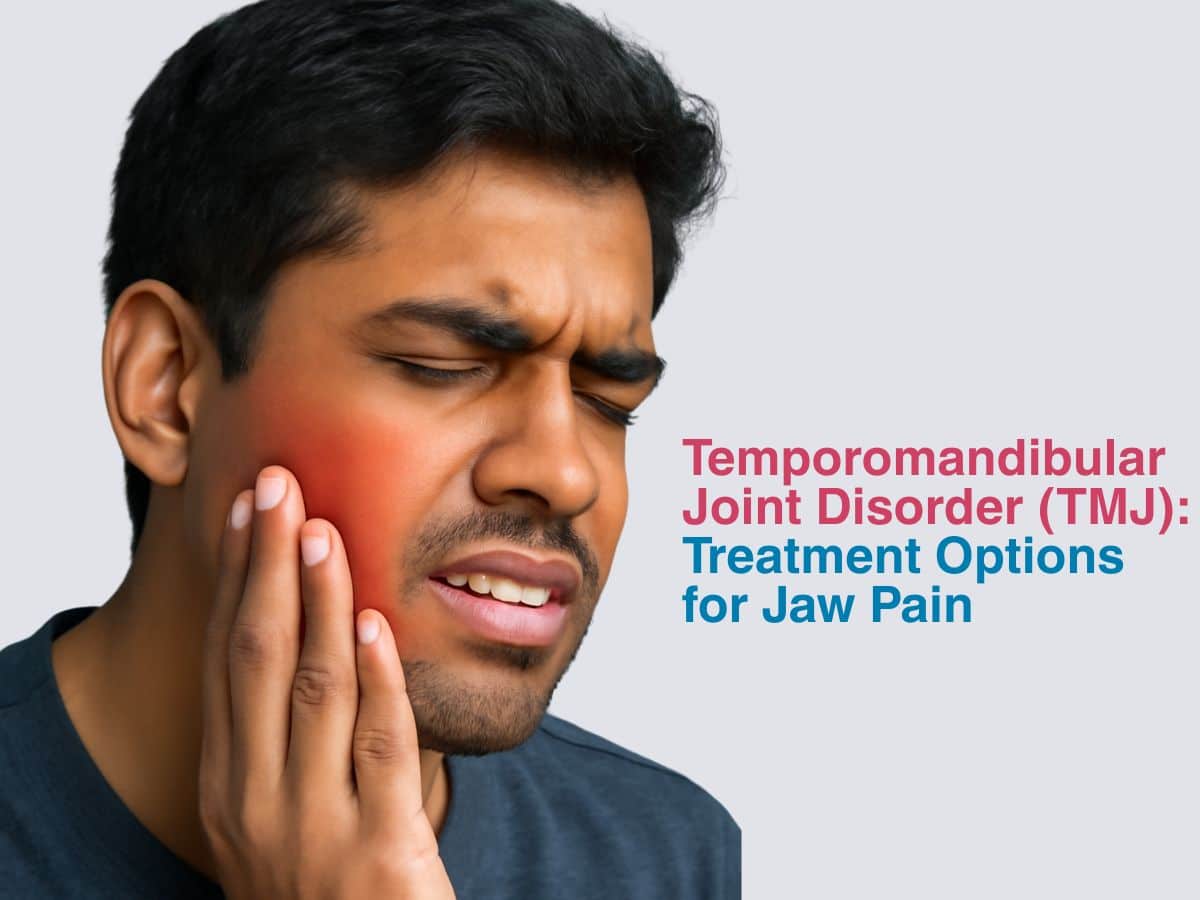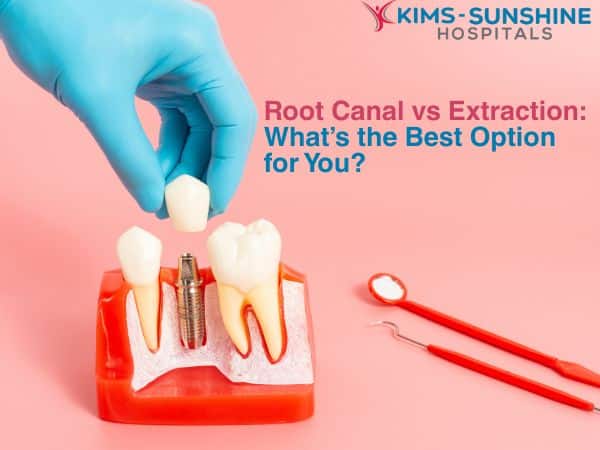
Temporomandibular Joint Disorder (TMJ): Treatment Options for Jaw Pain
The temporomandibular joint (TMJ) is an important hinge joint located in the jaw- one on each side, which allows you to open and close your mouth, eat food or yawn normally. The joint has a bunch of muscles connected to it which contract and relax for smooth movement to occur. If there is any problem with the joint or the muscles which connect the jaw bone to the skull, it is termed TMD- temporomandibular disorder and there are many different kinds of such disorders that have been observed.
TMJ vs Normal Jaw Pain Symptoms
When there is an issue with the TMJ, a common symptom is jaw pain. But, you can also have jaw pain when you clench your teeth too much, grind them too much due to stress, if you have some kind of osteoarthritis or even if you have injured your jaw. So, how can you differentiate between normal jaw pain and TMJ related jaw pain? Let us look at some symptoms below, in greater detail.
- Pain on both sides- both TMJ joints
- If you have pain near the ear
- If the bottom part of your whole face begins to ache
- If your jaw locks shut- you cannot open or close your mouth with ease
- If you have jaw tenderness and tooth pain
- If you have pain while chewing food
- You may notice a grating noise or feeling when you open or close your jaw – this is the major sign you need to look for.
TMJ Pain Relief Without Surgery
The TMJ is a hinge joint that can slide smoothly, with the help of cartilage and a disc. If there is any issue with the different parts of the joint, then you may have to deal with symptoms of TMD. Making a few lifestyle related changes, along with physical therapy can help you deal with TMD, without the need for surgery. These exercises are aimed at helping you improve jaw function and reducing pain. Physical therapists will also teach you how to keep your jaw relaxed and tongue positioned properly when you sleep. They may give you mouthguards also. You will need to make sure to eat only soft foods so that you don’t stress the jaw out too much.
TMJ Disorder Treatment Options
Some of the treatment options include self care tips, massage, doing simple exercises and using oral splints or mouth guards. Pain killers, muscle relaxants and other medications may also be considered in a few cases. For some people who deal with too much stress, CBT can help. If nothing seems to work, then you may have to go in for surgery.
TMJ Surgery Recovery And Risks
Some surgical methods used include arthrocentesis – where a flushing fluid is injected into the joint to get rid of debris or any inflammation that may be causing the problem. For more severe cases, arthroscopy may be done. Joint replacement is also another option available for a few individuals who have completely eroded joints due to arthritis or some other related degenerative disorder or if their joint has dealt with any traumatic injury.
Conclusion
The TM joint is an important joint which helps people smile, eat or yawn as part of their normal routine. When there is any problem with the different parts of the TMJ- including the socket, muscles or cartilage, then any kind of TMD may result from that. Doctors mostly suggest going for conservative treatments like physical therapy, using mouth guards, teaching different techniques to reduce stress etc. – before suggesting surgery. A significant part of the Indian population suffers from TMJ related disorders but very few people get timely treatment. So, the next time you notice any of these symptoms, it is better to get checked, rather than delay and make the symptoms much harder to deal with later.







